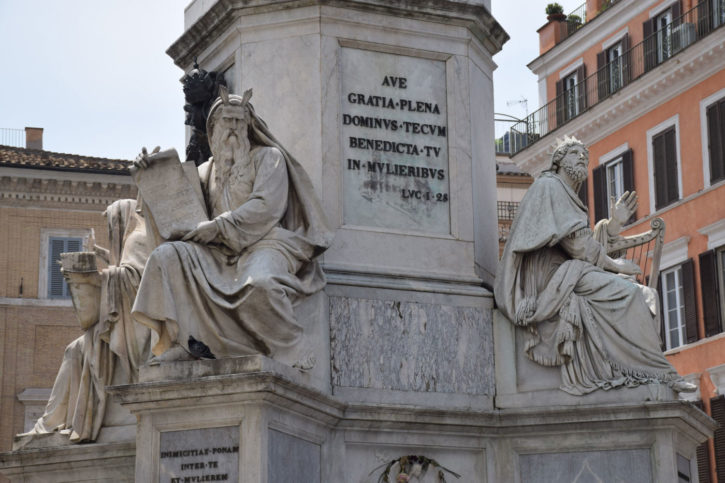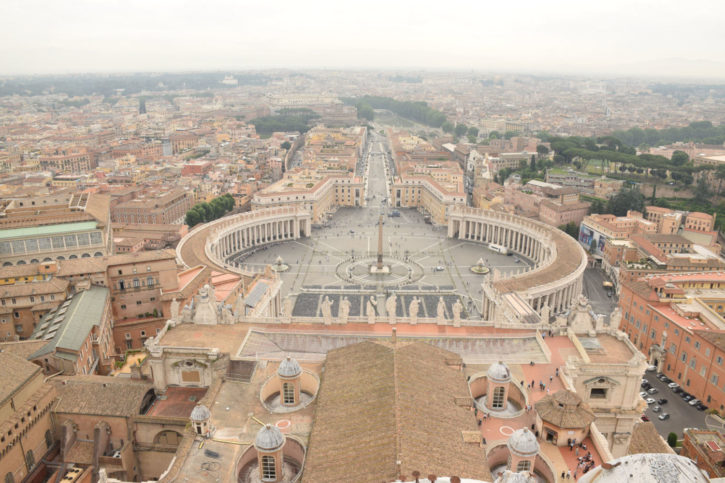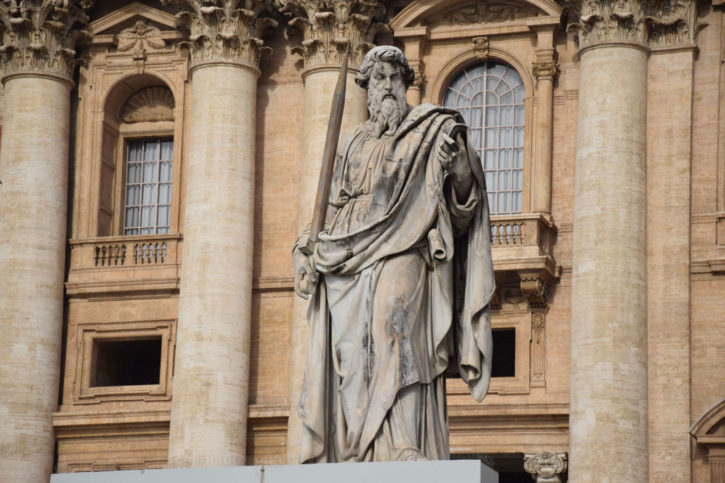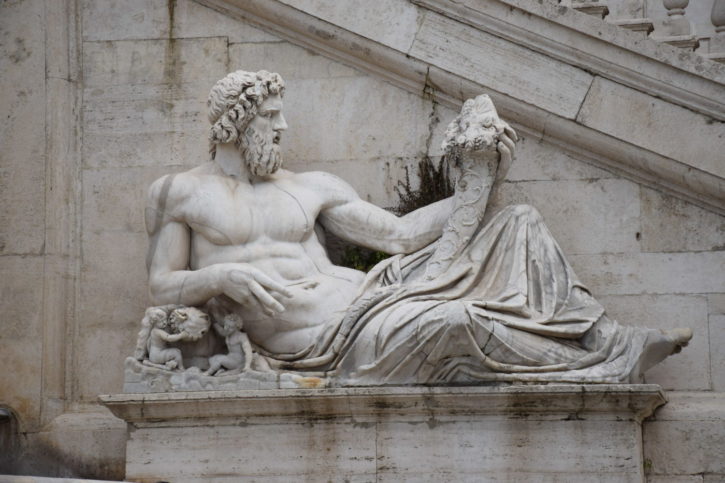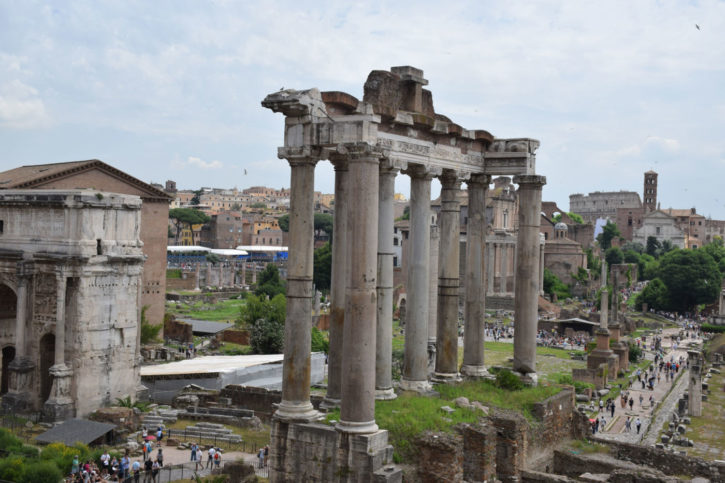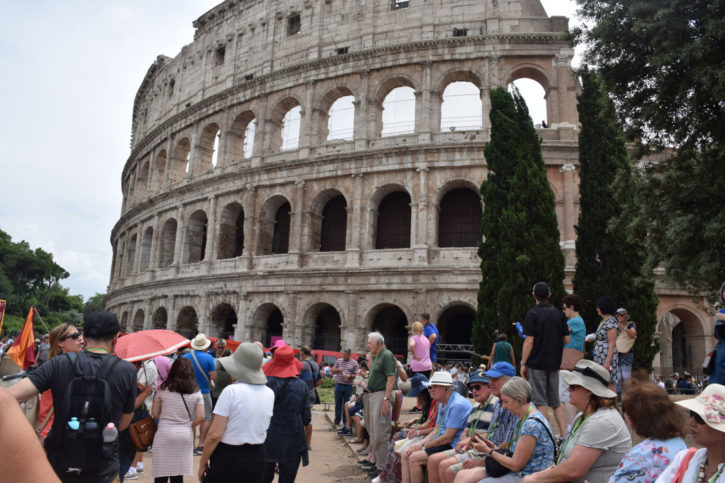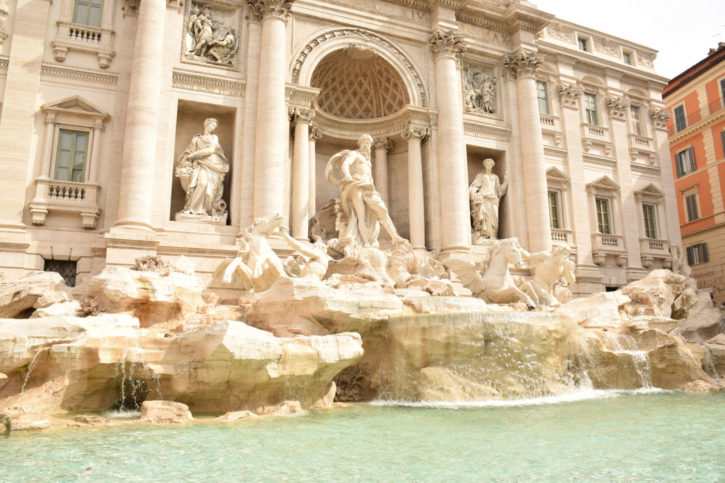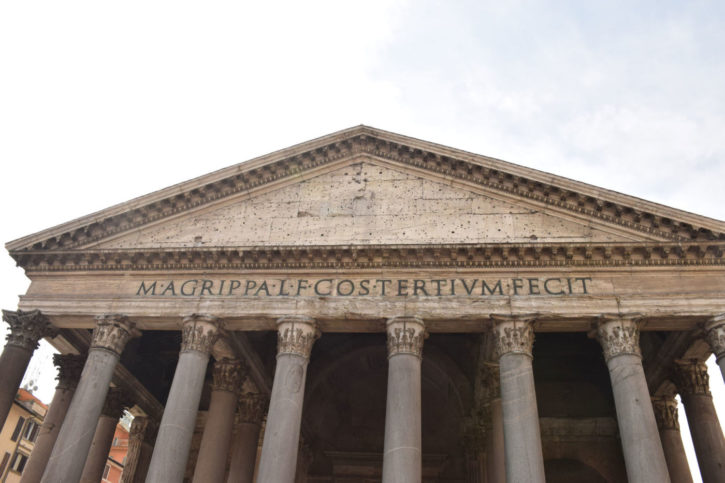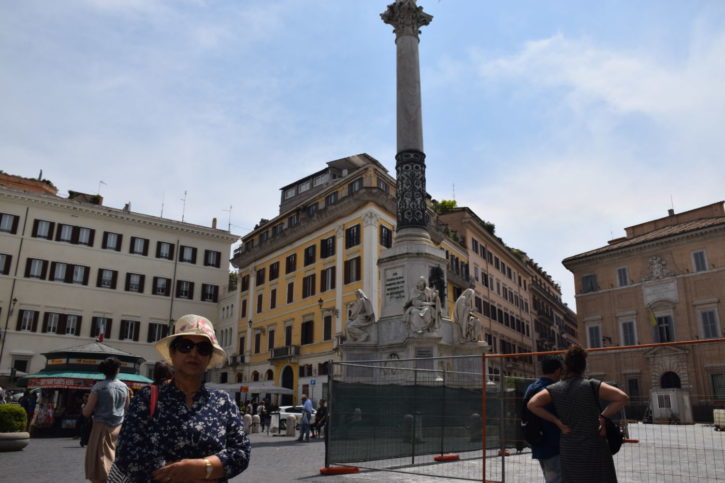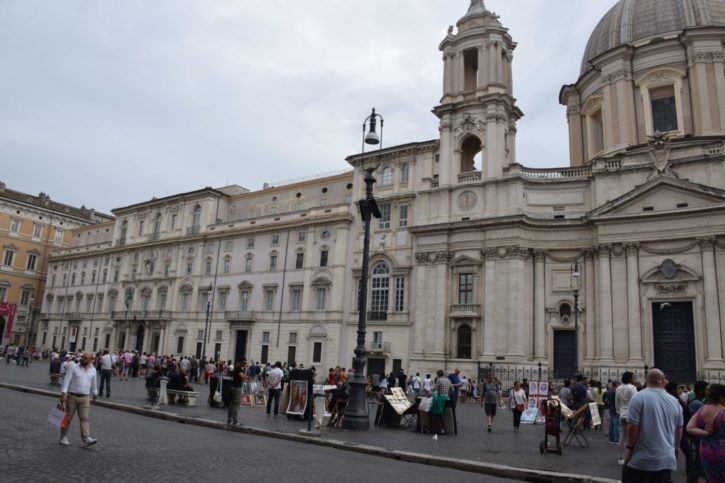ROME
Rome began as an Iron Age hut village, founded in the mid-8th century BC. In 616, the Romans’ sophisticated Etruscan neighbors seized power, but were ousted in 509, the inception of the Roman Republic. It conquered most of the rest of Italy, then turned its attentions overseas, and by the 1st …

